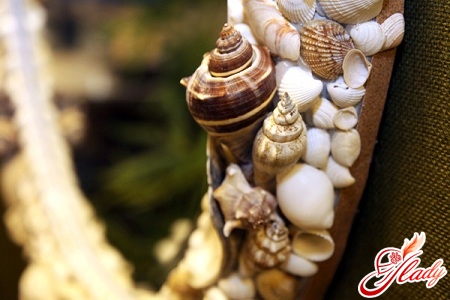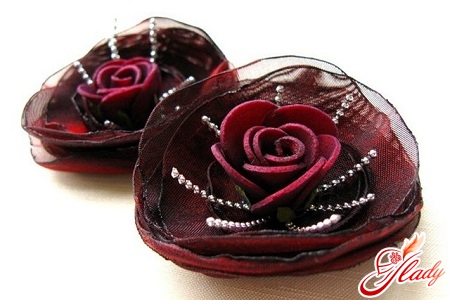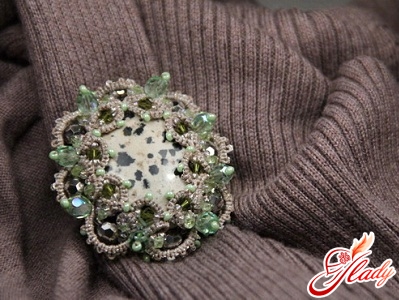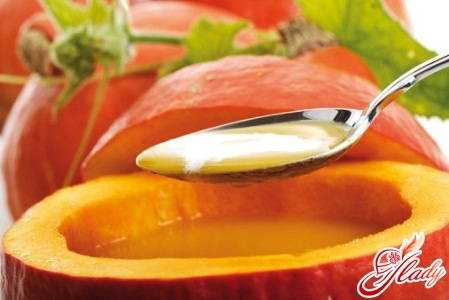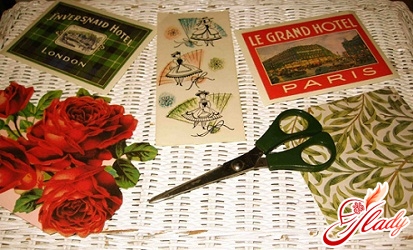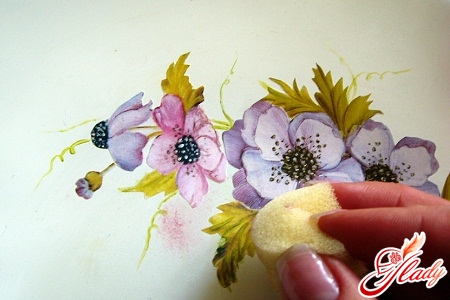 Decoupage:a technique of decorating with the help of applique, which imitates artistic painting. According to some sources, it was invented in the 12th century by Chinese peasants. According to other sources, the history of decoupage began in the Middle Ages. Cut-out pictures began to decorate furniture in Germany in the 15th century. In this way, furniture makers imitated expensive oriental inlay. There is also a claim that decoupage was born in Eastern Siberia. And even that decoupage was used by ancient nomads to decorate graves. The name itself is of French origin. Decoupage was extremely fashionable at the courts of French kings. In Italy, this art was called Arte Povera (the art of the poor). In England, the decoupage technique became known during the time of Queen Victoria. From there, already at the beginning of the 20th century, it penetrated into America (as a fashionable hobby). The fashion for decoupage came to us quite recently - at the beginning of this century. And every year this art is gaining more and more solid positions in the ranks of well-known handicraft techniques. Why? Decoupage is a creative and very exciting activity. It allows you to have a good time and create something unusual to decorate your home. And that is why decoupage has become a technique mainly for women's handicrafts today. The special appeal of decoupage is that even those who cannot draw can use ready-made drawings to imitate artistic painting. What is the essence of such an accessible technique?
Decoupage:a technique of decorating with the help of applique, which imitates artistic painting. According to some sources, it was invented in the 12th century by Chinese peasants. According to other sources, the history of decoupage began in the Middle Ages. Cut-out pictures began to decorate furniture in Germany in the 15th century. In this way, furniture makers imitated expensive oriental inlay. There is also a claim that decoupage was born in Eastern Siberia. And even that decoupage was used by ancient nomads to decorate graves. The name itself is of French origin. Decoupage was extremely fashionable at the courts of French kings. In Italy, this art was called Arte Povera (the art of the poor). In England, the decoupage technique became known during the time of Queen Victoria. From there, already at the beginning of the 20th century, it penetrated into America (as a fashionable hobby). The fashion for decoupage came to us quite recently - at the beginning of this century. And every year this art is gaining more and more solid positions in the ranks of well-known handicraft techniques. Why? Decoupage is a creative and very exciting activity. It allows you to have a good time and create something unusual to decorate your home. And that is why decoupage has become a technique mainly for women's handicrafts today. The special appeal of decoupage is that even those who cannot draw can use ready-made drawings to imitate artistic painting. What is the essence of such an accessible technique?
What is the essence of technology?
The essence of the process is to decorate anyobject by gluing pieces of paper, leather or other materials to it. The main task of the master is to remove the boundaries between the decorated surface and the pasted drawing, creating the illusion of painting or inlay. In general, the decoupage process looks like this.
Everything is simple and clear. But not quite.This technique has its own styles, its own methods. Every decoupage master has her own secrets. The answer to the question of simple and effective ways of decorating will be given by the decoupage technique: how to make the ordinary unusual, and the nondescript beautiful.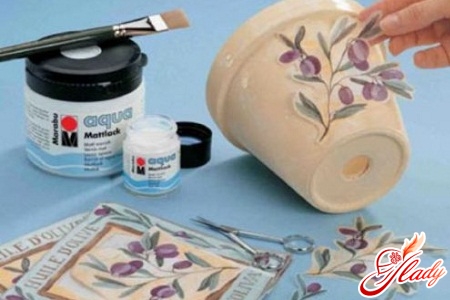
Styles and effects of decoupage
Decoupage, like any other type of decorative and applied art, has its own styles. The most popular of them are:
- shebbie-chic,
- simplicity,
- Provence,
- ethno,
- Victorian style.
Stylization in decoupage is achieved with the help ofauxiliary effects. Craquelure is a cracking effect. It is used to visually age things. Craquelure is used to create the image of an antique thing. The effect of wear. It recreates individual worn areas of the surface. It is used for the shabby chic style. It imitates a thing with a rich history and a long life. The style involves the presence of white and pink tones and sentimental motifs. Patina (or bitumen) gives things the appearance of tarnished gold. It is used when gilding surfaces. Shadows are used to soften decoupage and mask the boundaries of the pattern. Shadows are applied with a dry brush, pastels or paints.
Objects decoupage decoration
The most grateful material for decoupage iswood. And therefore the most common decoupage decor items are wooden furniture and interior items: cutting boards, key holders, boxes, chests of drawers, benches, shelves, tables. Glass is a fragile, but still popular material. Working with glass requires special skills. Decoupage is most often used to make gift bottles and plates. But this technique can also be used to decorate ordinary dishes, glass doors or photo frames. Plastic dishes and furniture (like other items) can also be decorated using decoupage. Other surfaces are also suitable for this technique: fabric, metal, leather, candles.
Decoupage motives
Any motif can be used as a decoupage motifdrawings. The most famous material is decoupage napkins. It is due to their widespread use that decoupage received the name of the napkin technique. Napkins for decoupage are thinner and brighter than ordinary serving paper napkins. Although this statement is very controversial. Table napkins are sometimes not inferior to decoupage napkins either in the richness of colors or the originality of the pattern. The difficulty in using napkins is their thinness. Due to their density, napkins are easily torn, gathered in creases and folds. Decoupage cards are paper sheets with a pattern. Their advantage (as well as disadvantage) over napkins is the density of the paper. The surface of the decorated object does not show through the card pattern. But it is much more difficult to achieve the invisibility of the border of the pattern. In addition to classic decoupage cards and napkins for applique, you can use any other patterns: postcards, photographs, magazine clippings. The main thing is to process the picture correctly. Usually, the layers of paper are carefully removed from a postcard or photograph, leaving only a thin film with a picture. This is what is used for decoupage.
Tools and materials
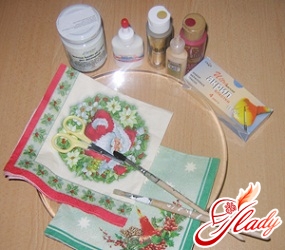 The main tools of decoupage techniquescissors, glue, primer, brushes, paints, varnish and (of course) napkins are used. Scissors are used for an obvious purpose. But some craftswomen recommend tearing out the decoupage motif rather than cutting it out. So scissors may not be needed. The primer is used to paint the surface to be decorated white. This allows you to preserve the colors of the decoupage motif. The decoupage pattern is attached to the work surface with glue. In addition to special glues, PVA glue, stationery or construction glue are used in decoupage. Brushes are needed to apply glue, draw in small details, create effects and apply varnish. Thin and wide brushes made of natural and synthetic materials are used for decoupage. Paints are needed to tint the work surface and draw in details. Paints are also used to apply all kinds of effects. Work order:
The main tools of decoupage techniquescissors, glue, primer, brushes, paints, varnish and (of course) napkins are used. Scissors are used for an obvious purpose. But some craftswomen recommend tearing out the decoupage motif rather than cutting it out. So scissors may not be needed. The primer is used to paint the surface to be decorated white. This allows you to preserve the colors of the decoupage motif. The decoupage pattern is attached to the work surface with glue. In addition to special glues, PVA glue, stationery or construction glue are used in decoupage. Brushes are needed to apply glue, draw in small details, create effects and apply varnish. Thin and wide brushes made of natural and synthetic materials are used for decoupage. Paints are needed to tint the work surface and draw in details. Paints are also used to apply all kinds of effects. Work order:
The main rule of decoupage: "slow and steady wins the race". This technique does not tolerate fuss and haste. Moreover, both in execution and in training.
How can this be learned?
Secrets of the art of decoupage decoratingso many that learning is impossible, reading is impossible, watching is impossible. And yet, everyone can master the decoupage technique. The surest way is decoupage courses. Agree that direct communication with a teacher will be the most effective learning. So sign up for such courses and undergo training under the guidance of a master. If this is not possible, there are other options. Master classes. There are many video tutorials and step-by-step photo instructions on the Internet. Such lessons may be quite enough to master the decoupage technique. Specialized forums for needlewomen will also be useful. And finally, special materials on the Internet, magazines and books are a great help in the process of self-study. Just remember that Moscow was not built in a day. Experience and skill come with time. Start your first steps in decoupage with simple objects. And, having gained experience, you can even turn a shoe box into an exquisite casket or into a forged antique chest. And all this with the help of the napkin technique. We recommend reading:




